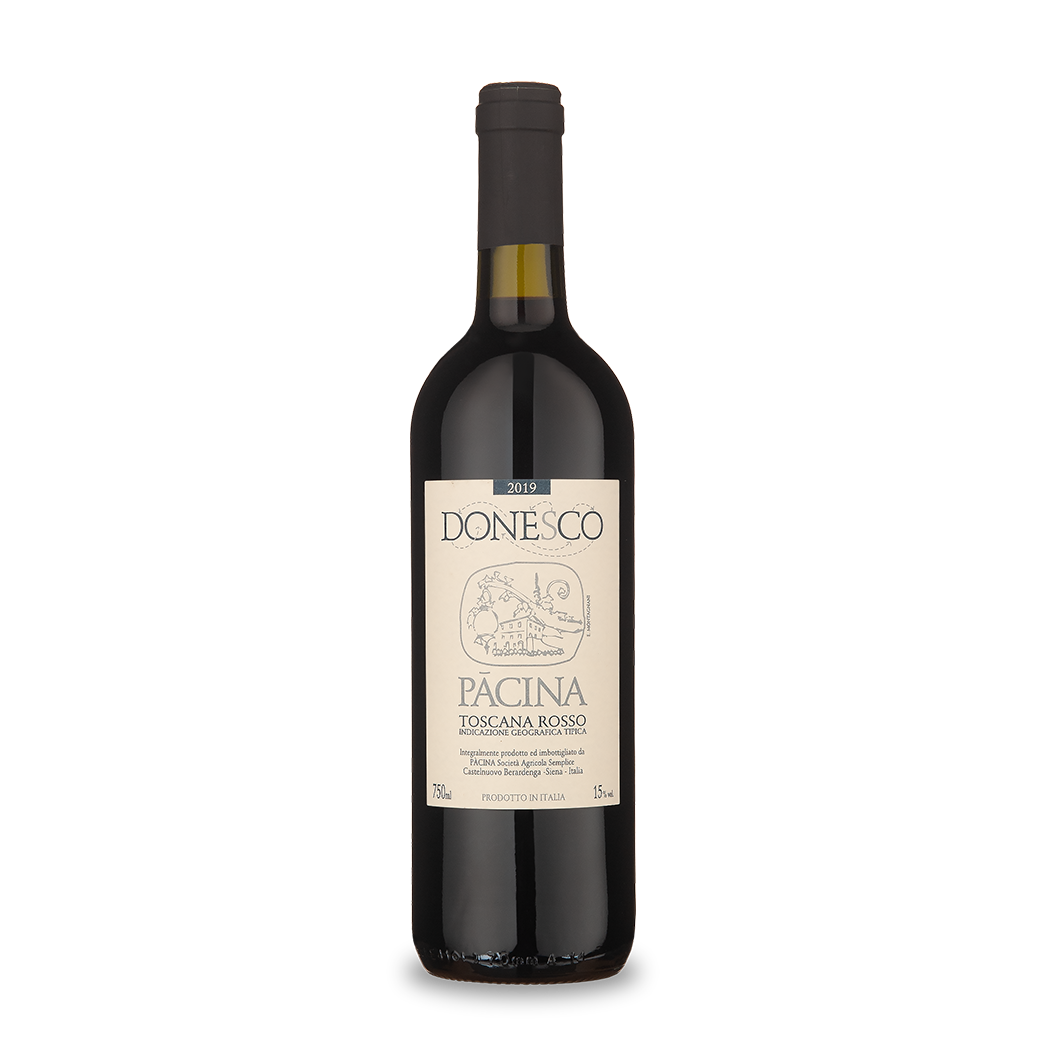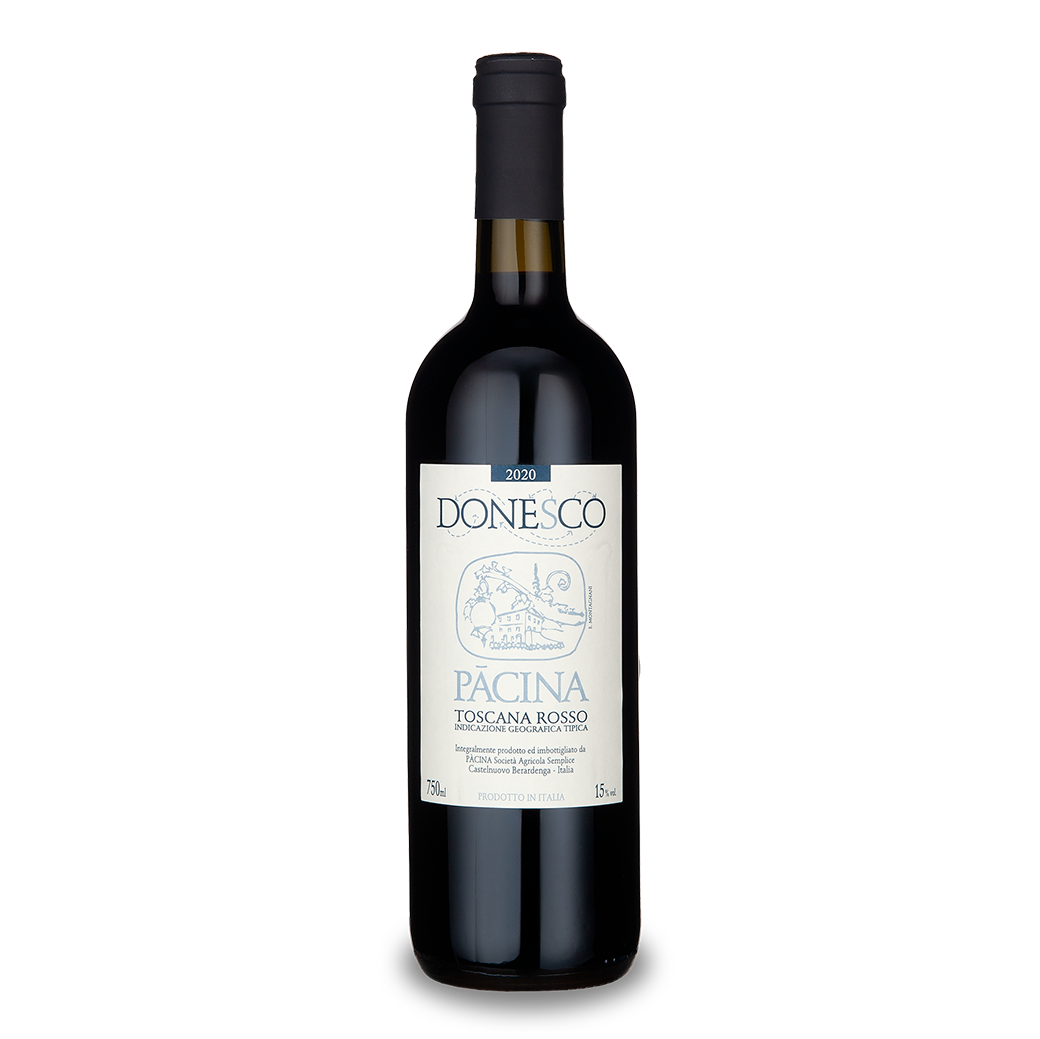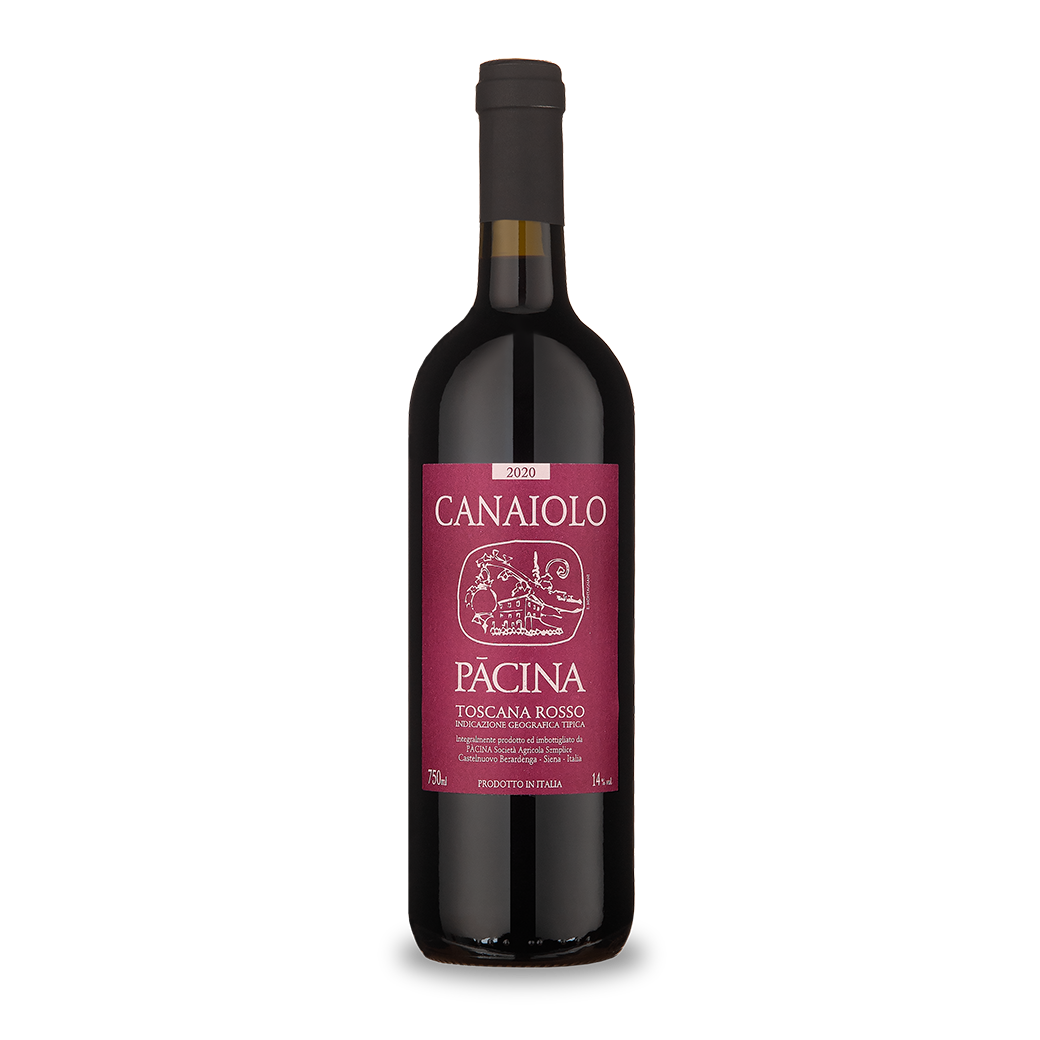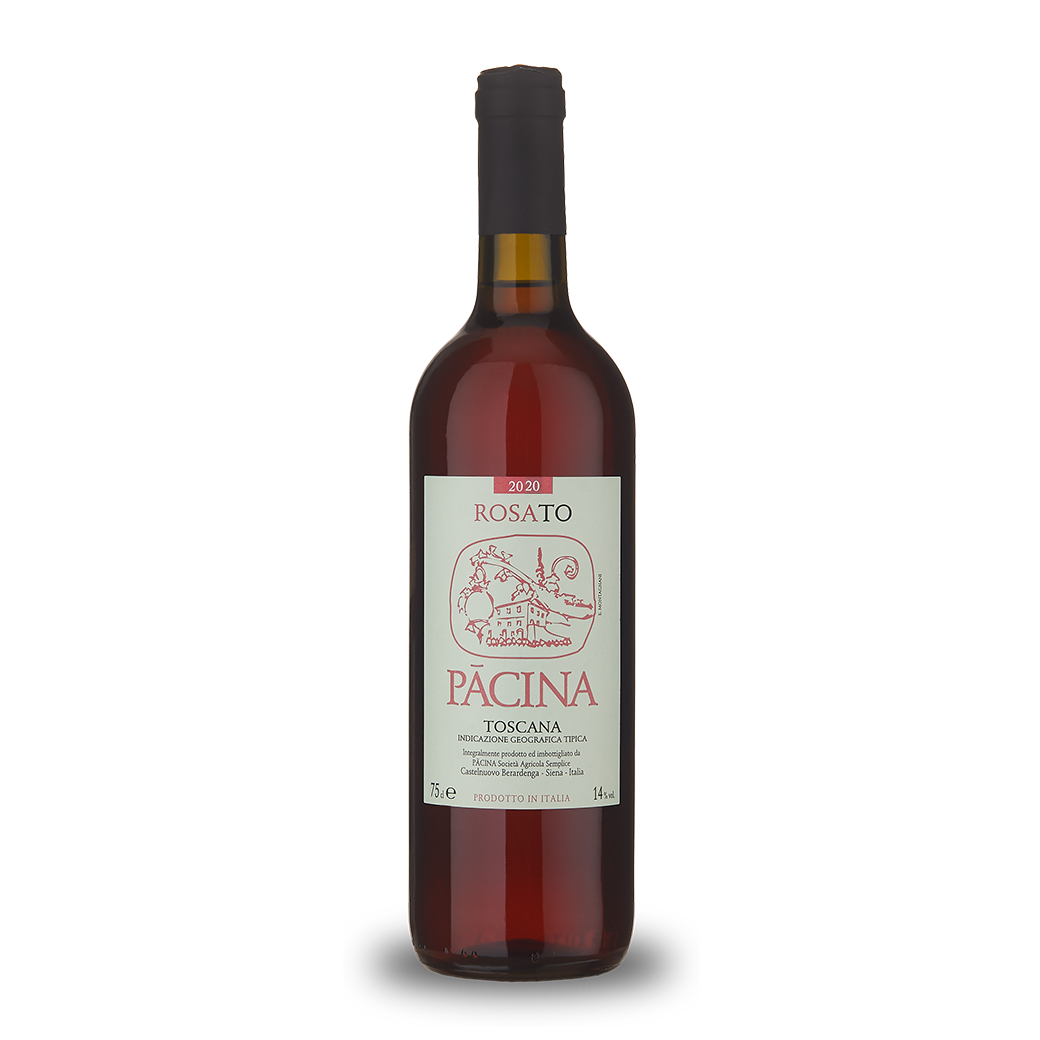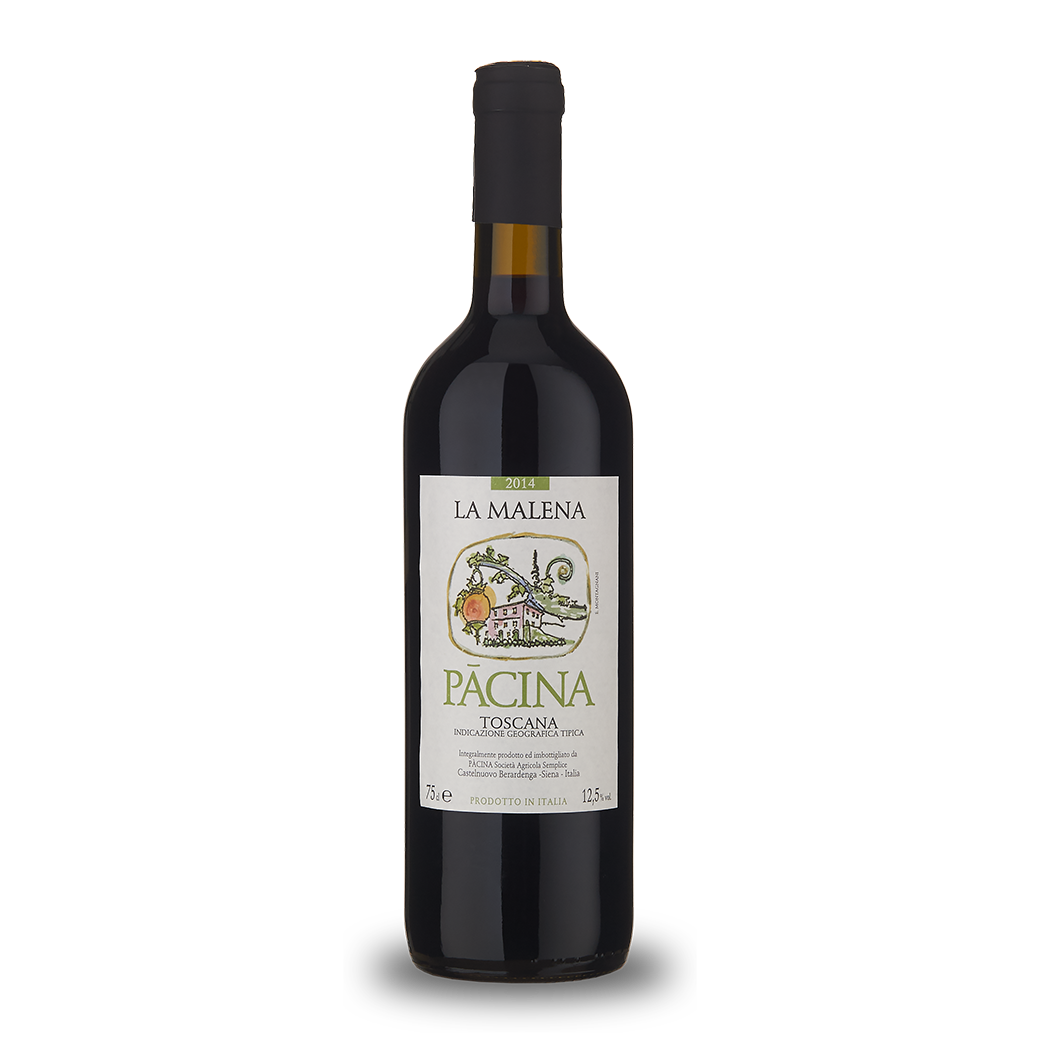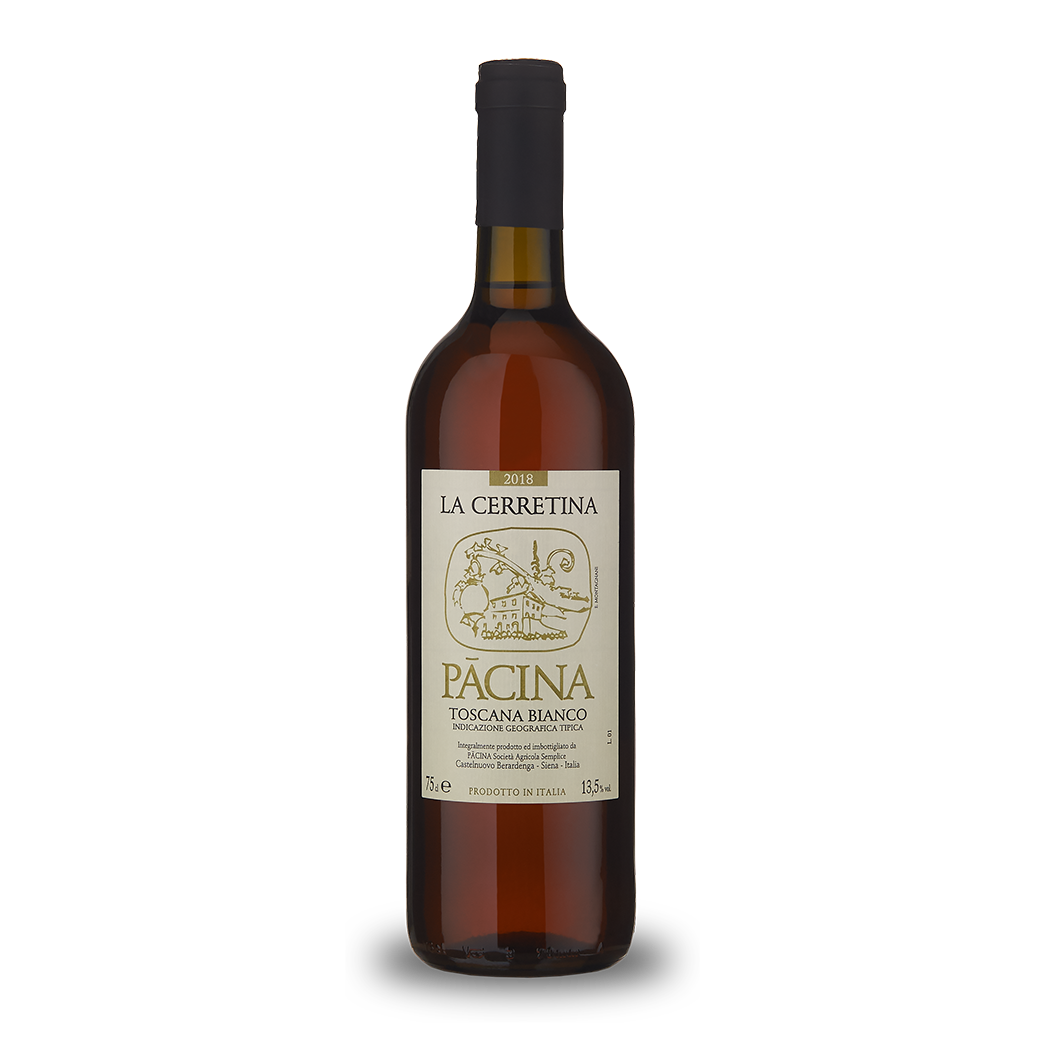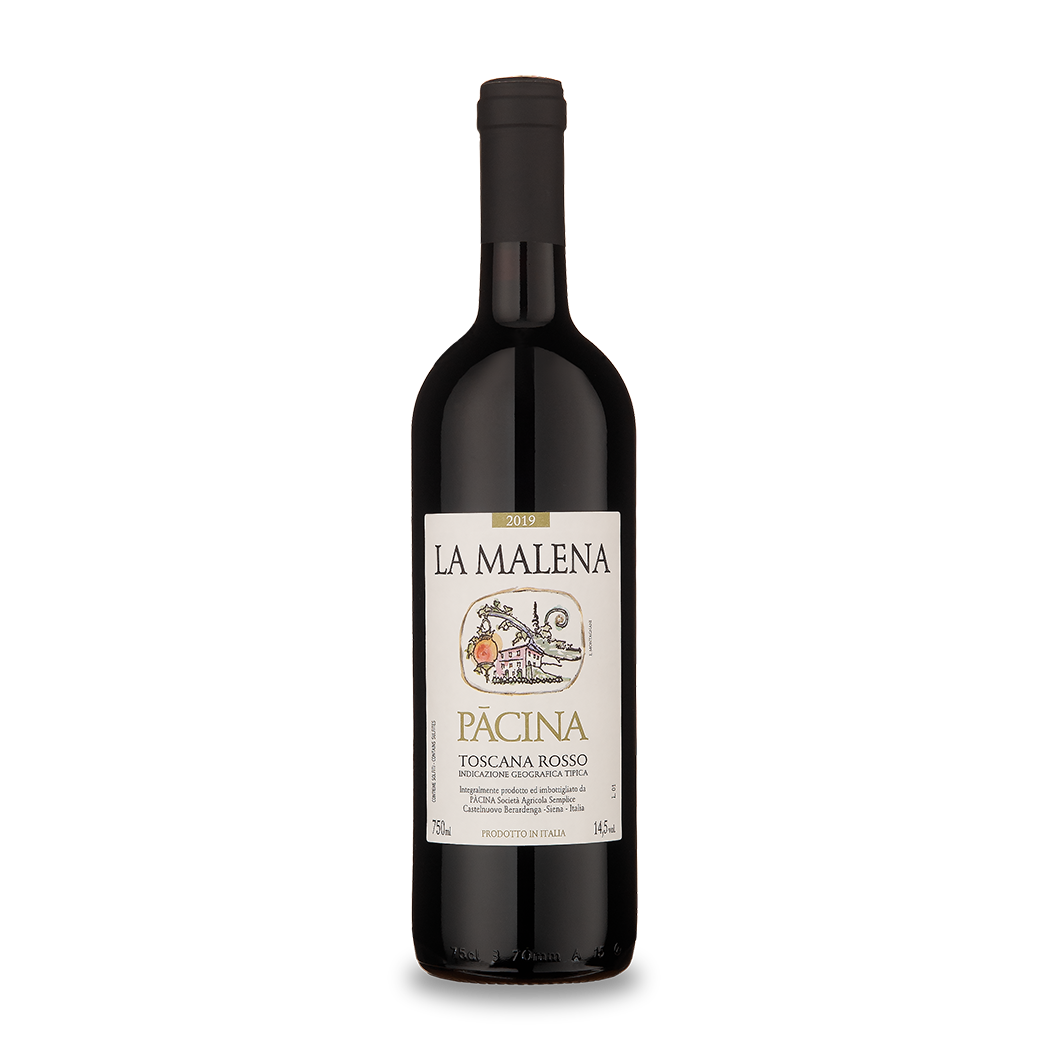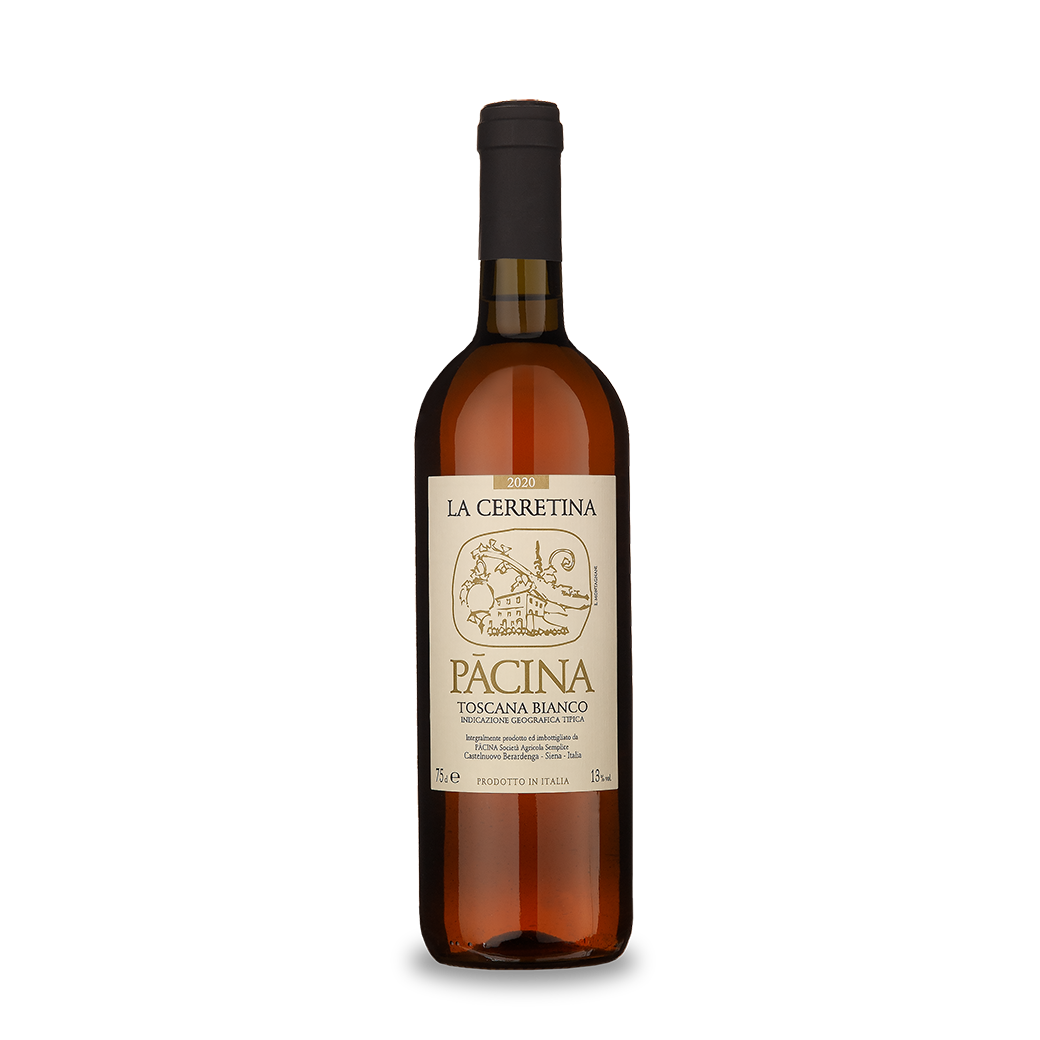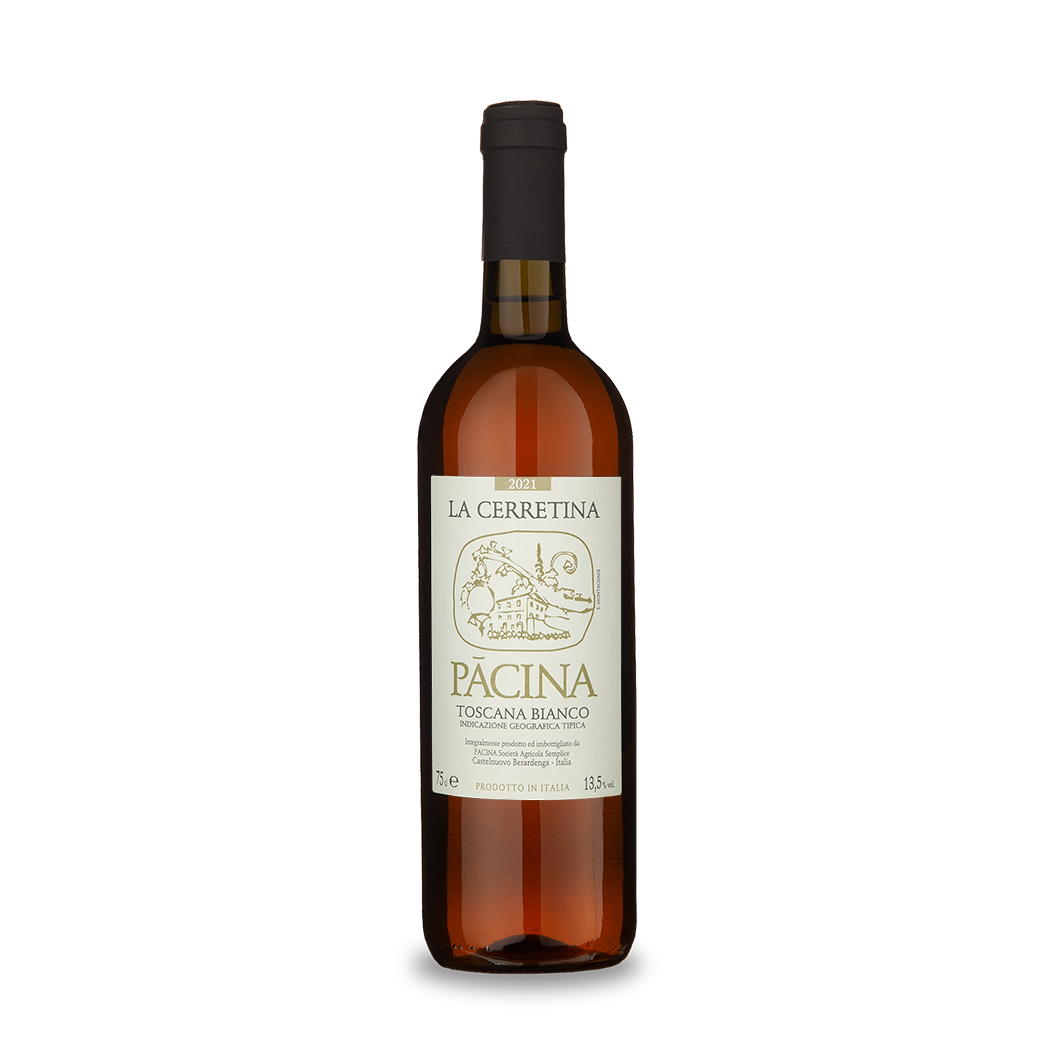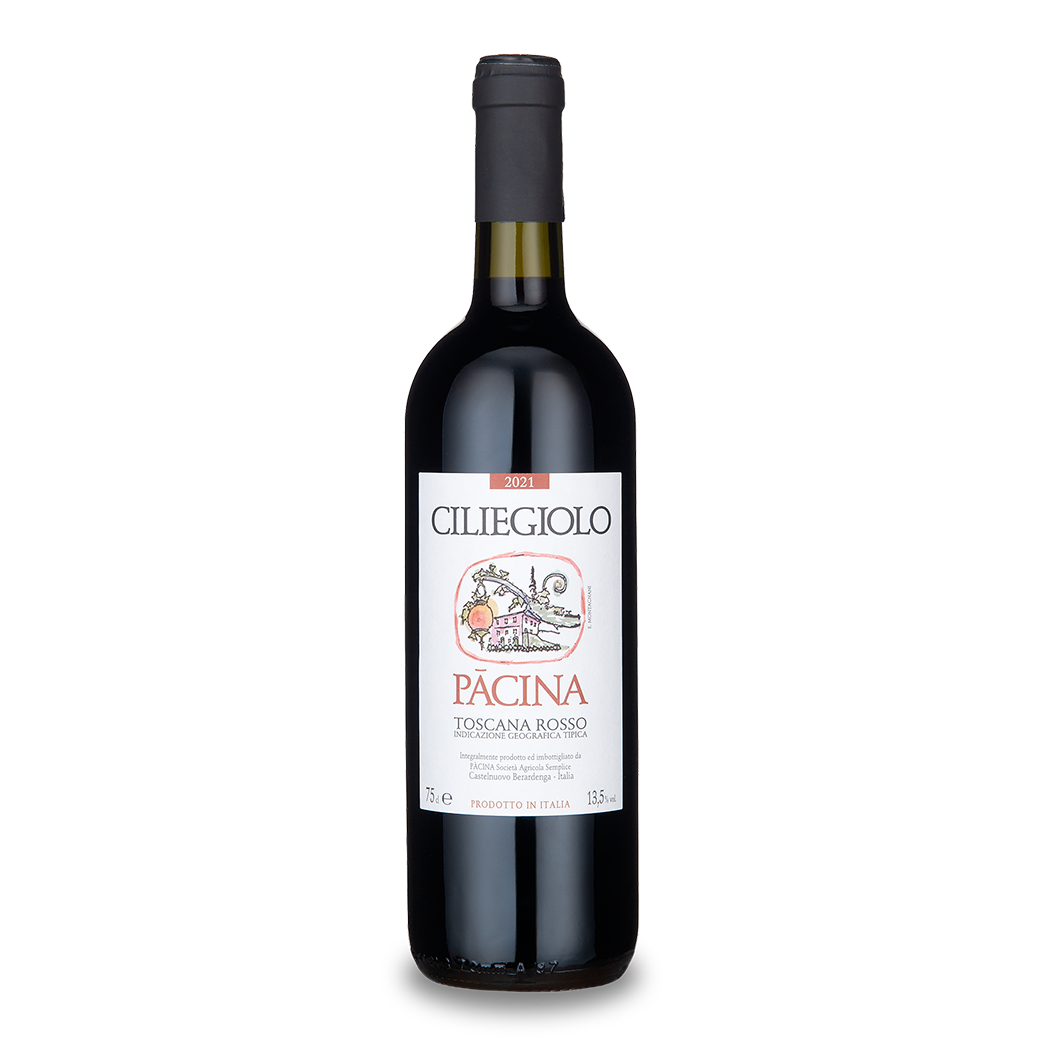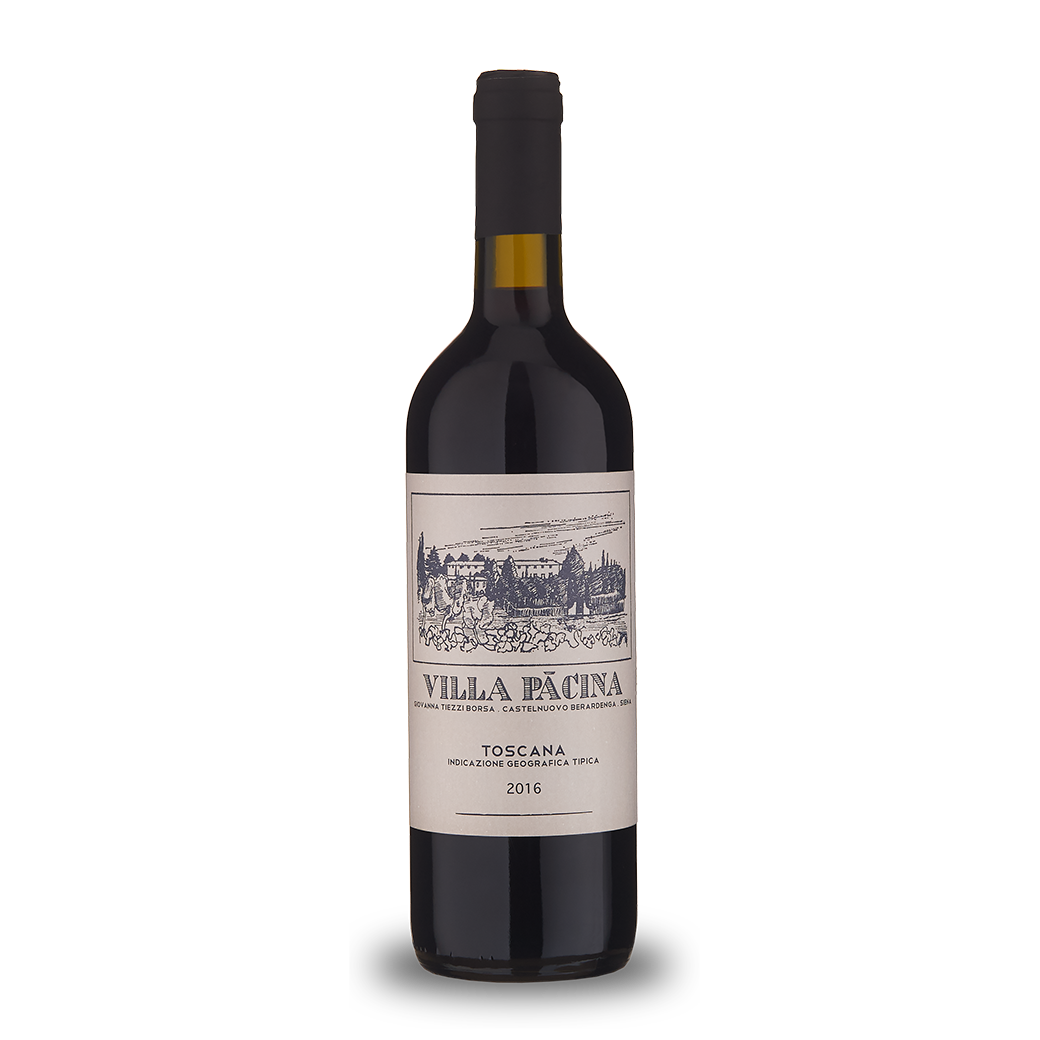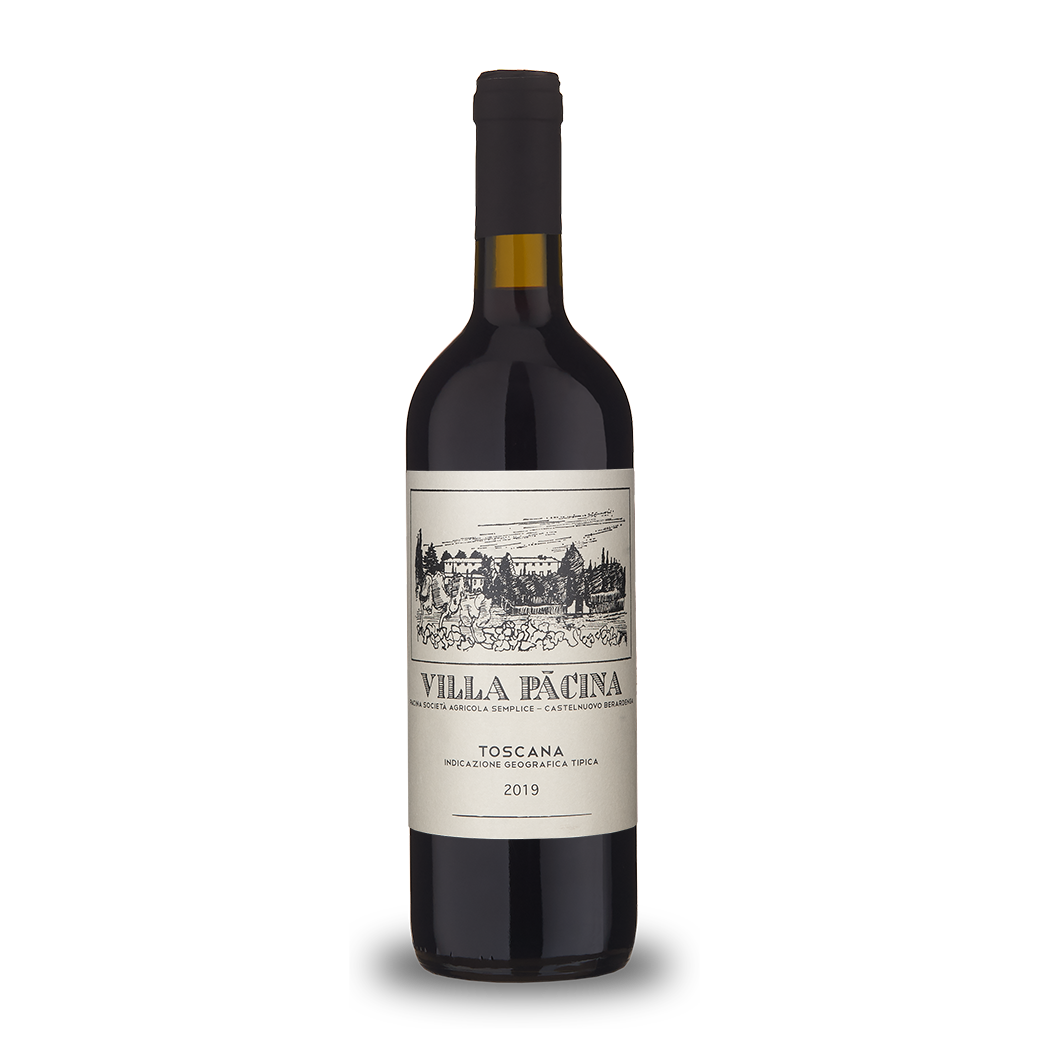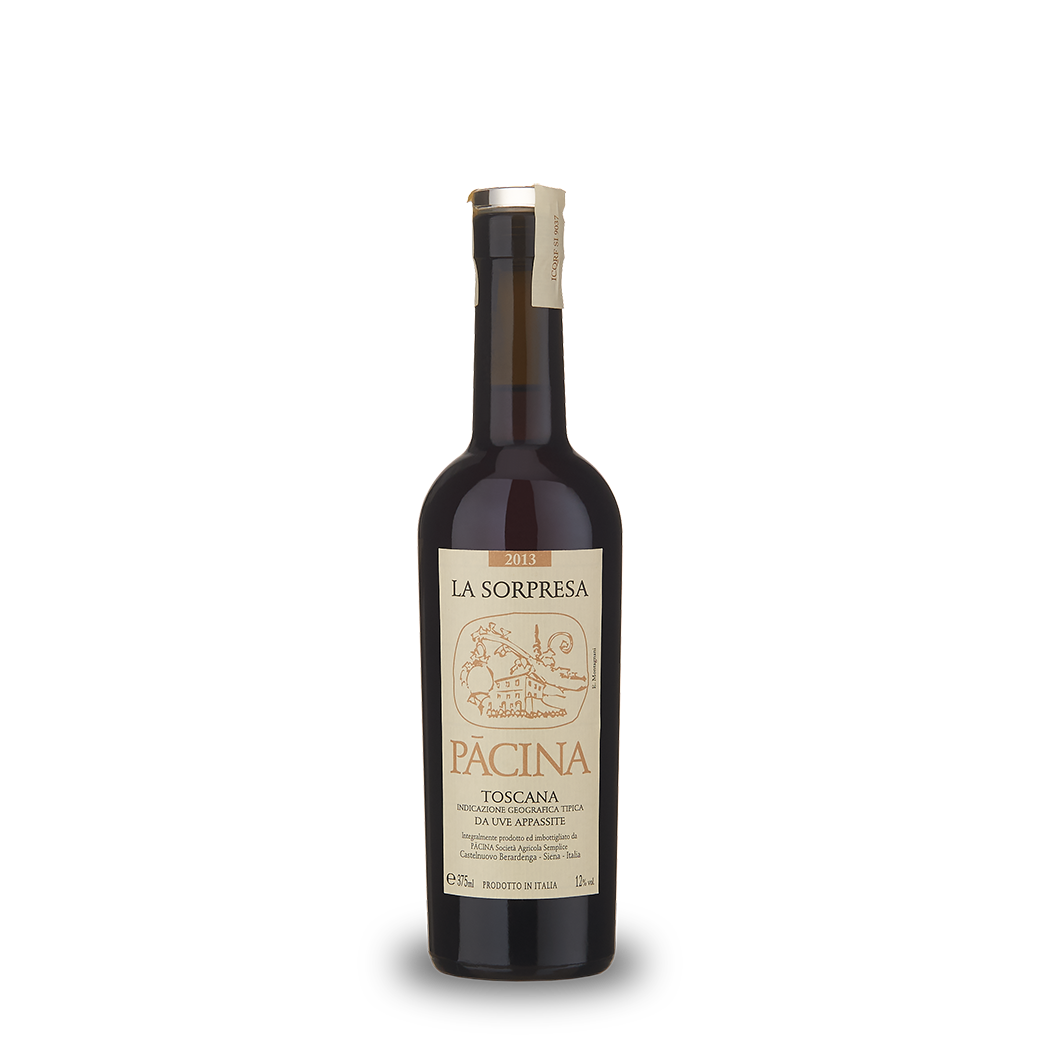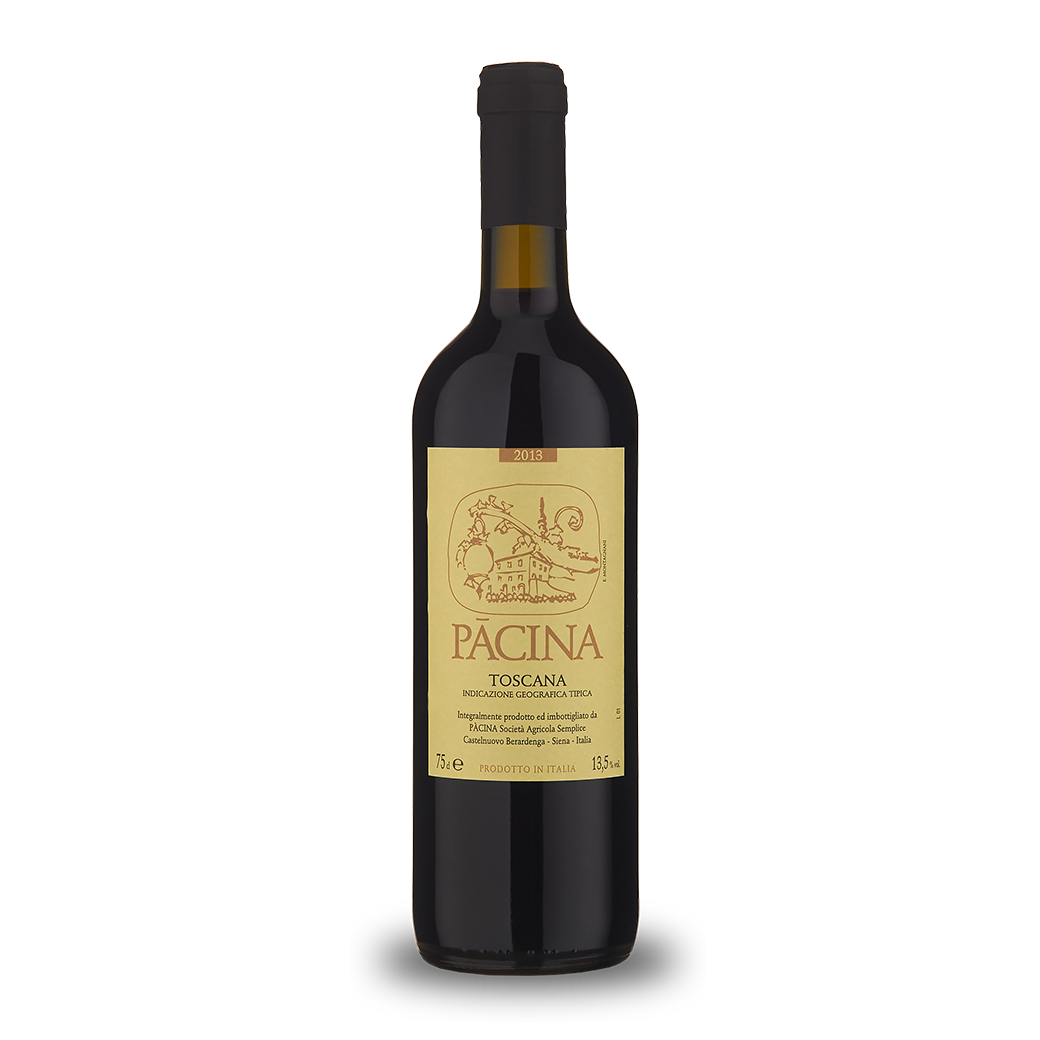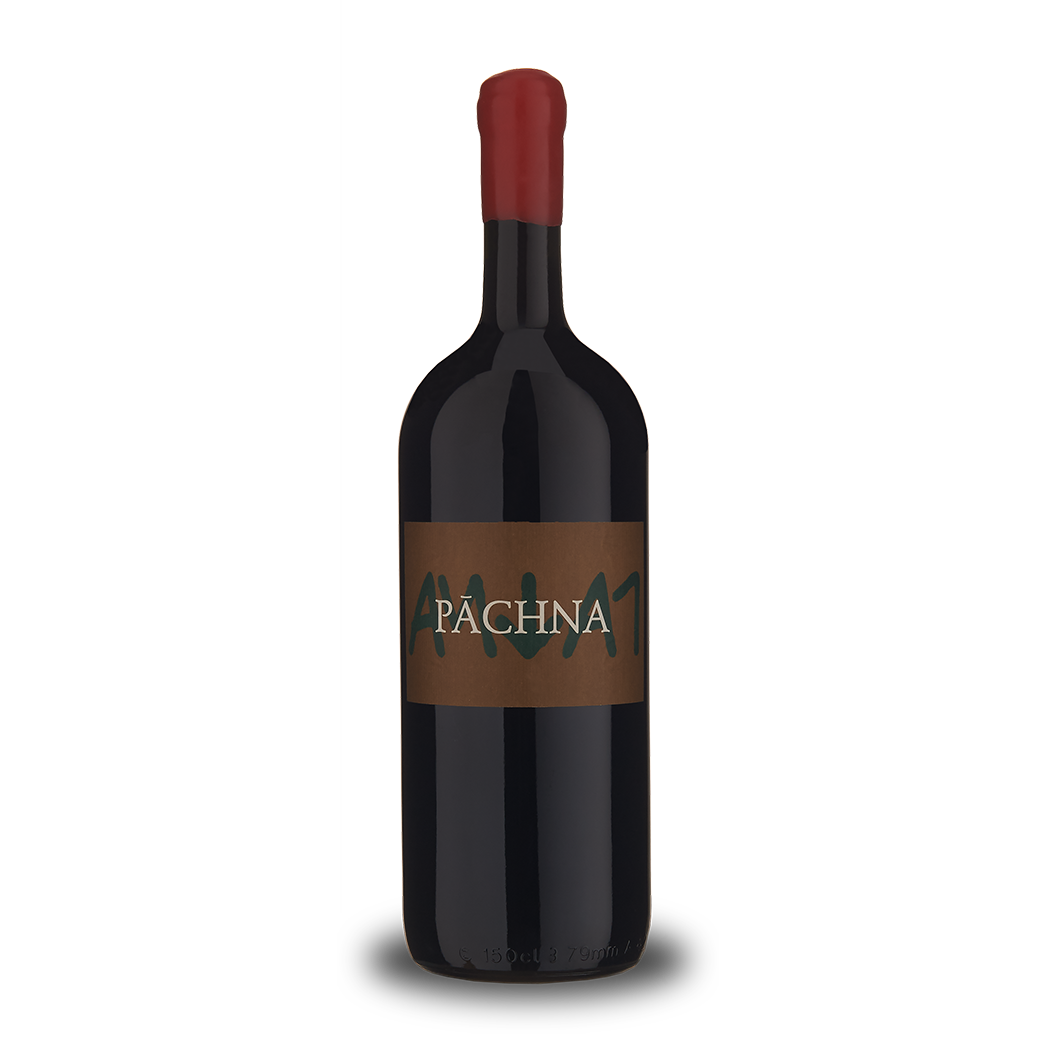Pacina
Pācina boasts a long and rich history of sustainable agriculture that also respects tradition, but it was in the 1970s, when Giovanna’s parents, Enzo Tiezzi and Lucia Carli, decided to move their family farm and put into practice their ideas of sustainability.
Today the farm consists of 65 hectares, of which about 11 are dedicated to vineyards. The grape varieties they cultivate are all indigenous to the region: Sangiovese, Canaiolo, Ciliegiolo, Tuscan Trebbiano, and Chianti Malvasia. There is also a small plot where they grow Syrah grapes. The vines range from 5 years to 50 years old, with some plants much older than that.
Their choice of new vines has been dictated by the success of the more established varieties, already flourishing in their habitat, giving special attention to the characteristics of the terrain and, especially, their exposition to the elements.
Their olive grove covers 8 hectares while the land dedicated to cereal and pulse cultivation covers 15 hectares. The rest of the land is given over to wooded areas, fallow lands, and uncultivated plots that encourage biodiversity.
The farm has been a certified organic producer for more than 20 years; no chemical or artificial products are used at all. All their fields are left to develop spontaneously, allowing a continual enrichment of biodiversity that brings continual ecological benefits.
Their methods of cultivation are such that we aim to reach the most balanced equilibrium between the natural qualities of the plants and our productive requirements. Above all, they work to defend and maintain the differentiation between the various habitats which make up their farm, taking in account the presence of wooded areas and employing a system of rotation which allows the land to regenerate. In this way the flora and fauna of the area have been able to maintain their ecological vigor.
The result, then, is that their products conserve all that is characteristic and natural of the area.
IN THE WINERY
Experience and tradition, built up over four generations, has taught them that in the winery, just as in the field, everything can be conducted in accordance with nature.
The progression of fermentation, stabilization, and maturation are guided by slow processes that are aided by the environmental conditions of the old cellars, carved from the tuff that forms the geological basis of the region.
It is their conviction that what is truly modern has its origins in their capacity to follow and encourage natural processes through considered application of scientific understandings. This allows them to reduce interventions to a minimum which, moreover, can be tailored to very specific actions: decanting, the most appropriate choice of containers, blending, and the amount of time given to maturation, for example. Once bottled, Pacina wine is in this way a fine example of what are now known as “Natural Wines”.
For Pacina, it is difficult, if not impossible, to say with precision what a natural wine is. For them it is a unique wine that, thanks to the minimization of external intervention, which vaunts the characteristic qualities of the grape and the territory and particular year in which it flourishes.
THE WINES OF PACINA
It is difficult to say with exactness when Pacina first started to make wines; from the original Etruscans down to us, Pacina has witnessed the passing of innumerable generations.
The modern history of Pacina starts in the 1960s, when the sun finally set on the traditional share-cropping system and their family started to manage the farm directly.
From the moment of its acquisition in the 1930s, Pacina was the ‘country house’ of their family who lived in the medieval town of Siena, some 20 km west of Pacina. In 1972 it became the ‘family house’ when Giovanna’s dad, Enzo, decided to relocate to and live permanently at Pacina in order to better conserve the property. Enzo and Lucia, Giovanna’s mum, worked at the University of Siena and there became pioneers of the environmentalist movement in Italy. Enzo was a professor of physical chemistry and author of several books which are still remembered today as important and original contributions to the concept of sustainability.
Ever since the first bottles of wine made under the DOC Colli Senesi protocols of 1967 up until 1987, when the red wines of Pacina as we know them today were first produced, their vision has been determined by both the economic necessities of the family and the conviction of the ecological philosophies of Giovanna’s parents. Lucia is a biologist and writer and she was the midwife to the very first bottle of Pacina.
At first only a part of the wine was bottled; the rest was sold loose by volume and most of this was used to impart structure to red wines produced in the northern part of the Chianti region. Pacina is located on the southern slopes of the Chianti hills where the soil is the ‘Tufo di Siena’ typical of the area. This soil was deposited from prehistoric seas that covered the landscape during the Pliocene and were deposited about 5 million years ago. It is a predominantly sandy terrain which also contains lime, clay and small rounded pebbles known locally as “ciottoli” whose characteristic shape was molded by the oscillation of the sea-waves and the flux of river water running off the hills. Pacina is shielded to the north by the Chianti hills but is completely exposed to sun and wind on the other sides. Together with the particular nature of the soil, this disposition imparts the typical tannic flavors and freshness of Sangiovese but also confers body, warmth, and color.
The uniqueness of this landscape inspired them to transform the way they make wine. Since the 1980s they have bottled their wine with the absolute minimum of intervention in the winery and above all in complete respect for the ecosystem which, more than any other input, determines the characteristics of their wine and allows them to guarantee the integrity of the terroir and the salubriousness of the wine.
It was with this vision that Pacina 1987 was born, then still a certified Chianti Colli Senesi wine. Using the grapes selected from the oldest vines, the wine was made following a completely natural process and, finally, bottled without the addition of sulfur dioxide.
The road ahead from there became clear and, since 1992, Giovanna and Stefano determined to apply the spontaneous natural processes of fermentation and aging to all the grape varieties that are used to make wine.
Pācina boasts a long and rich history of sustainable agriculture that also respects tradition, but it was in the 1970s, when Giovanna’s parents, Enzo Tiezzi and Lucia Carli, decided to move their family farm and put into pr...
Filters
Filters

